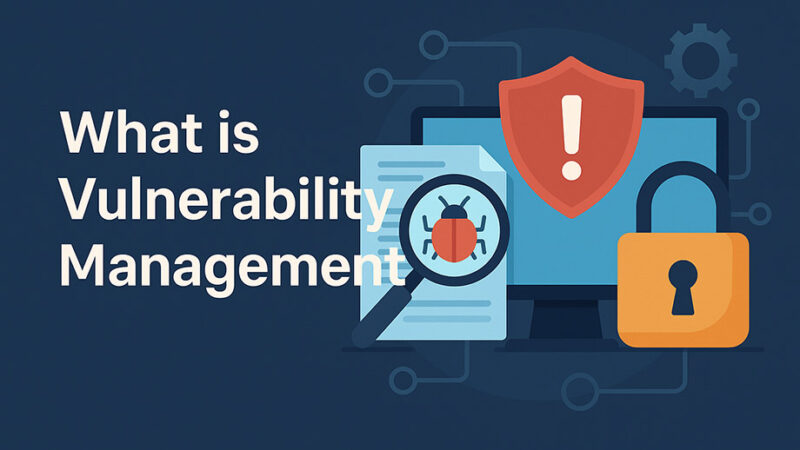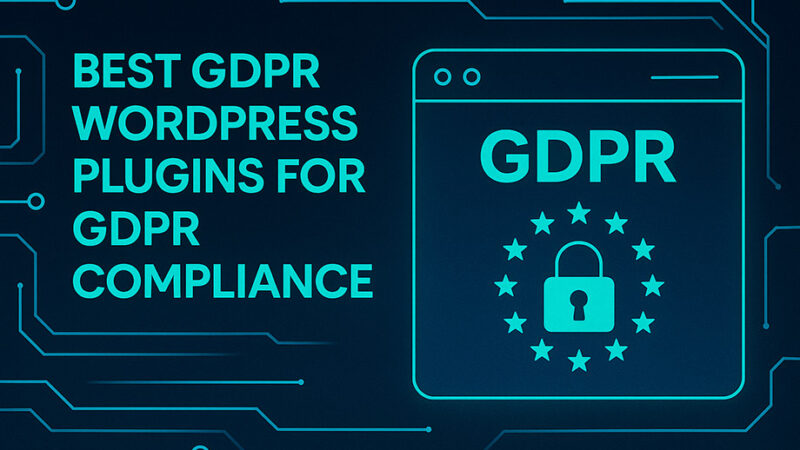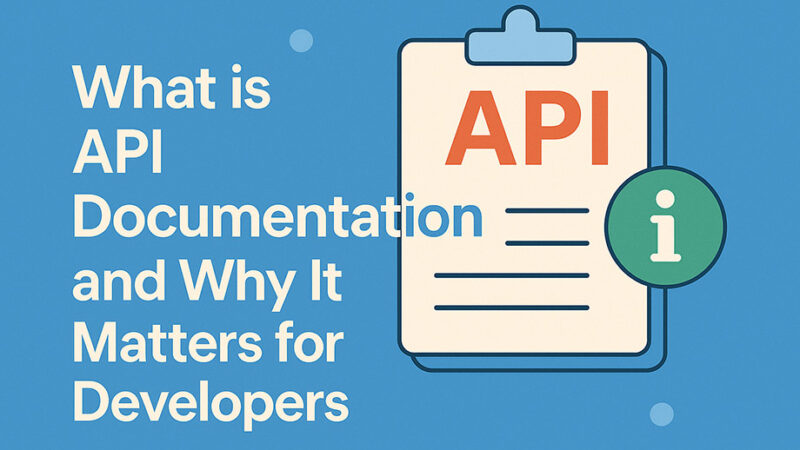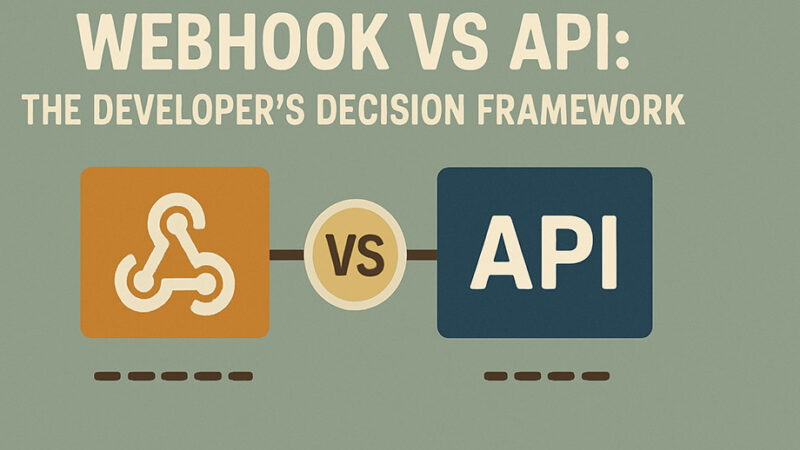What Is DLP (Data Loss Prevention)?
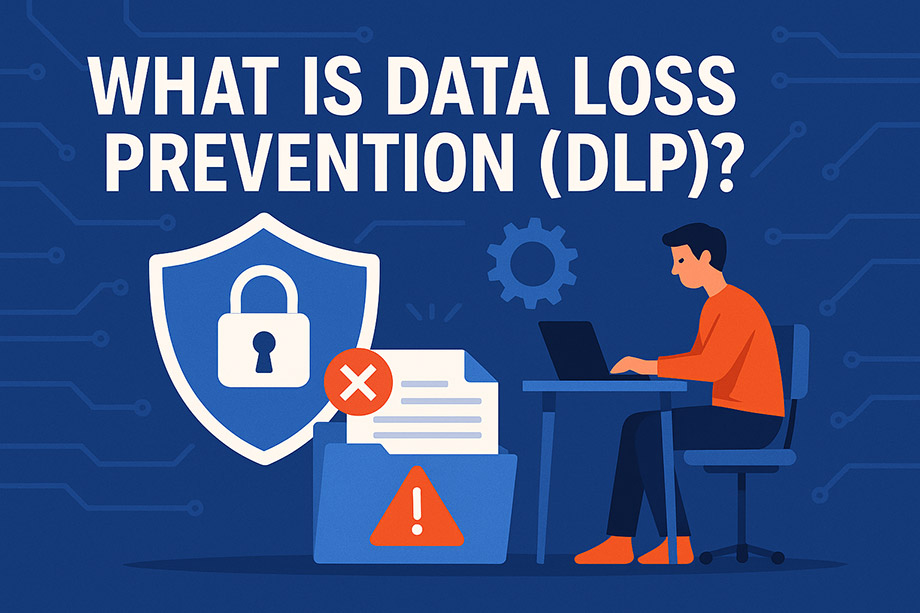
In an era where data breaches dominate headlines and regulatory fines reach astronomical heights, protecting sensitive information has become every organization’s top priority. Data Loss Prevention (DLP) represents the critical defense mechanism that stands between your valuable data and those who would misuse it.
The Foundation: Understanding Data Loss Prevention
Data Loss Prevention encompasses the strategic combination of technologies, policies, and procedures designed to safeguard sensitive information from unauthorized access, transmission, or destruction. Think of DLP as your organization’s digital immune system constantly monitoring, identifying threats, and responding to protect what matters most.
Modern DLP solutions operate across three fundamental data states: information at rest (stored data), in motion (data being transmitted), and in use (data being actively accessed or modified). This comprehensive coverage ensures no sensitive information falls through the cracks.
The Business Case: Why DLP Matters More Than Ever
Financial Impact and Risk Mitigation
The financial stakes couldn’t be higher. Recent industry analysis reveals that data breaches now cost organizations an average of $4.88 million, representing a significant increase from previous years. However, the true cost extends far beyond immediate financial losses.
Organizations face cascading consequences including regulatory penalties, legal fees, customer notification expenses, and long-term reputational damage. Forward-thinking companies recognize that investing in robust DLP capabilities delivers measurable return on investment by preventing these devastating losses.
Regulatory Compliance Imperatives
Today’s regulatory landscape demands proactive data protection. From GDPR’s strict European privacy requirements to HIPAA’s healthcare protections and PCI DSS standards for payment data, organizations must demonstrate comprehensive data security measures. DLP solutions provide the documentation, monitoring, and controls necessary to satisfy regulatory audits and avoid hefty penalties.
Competitive Advantage Through Data Security
Beyond compliance, DLP delivers strategic business value. Organizations with strong data protection capabilities gain competitive advantages through enhanced customer trust, improved operational efficiency, and reduced cyber insurance premiums. DLP enables businesses to confidently pursue digital transformation initiatives while maintaining security.
Core DLP Technologies and Deployment Models
Network-Based Protection
Network DLP solutions function as digital sentries at your organization’s perimeter and internal network boundaries. These systems analyze all network traffic emails, file transfers, web communications—to identify and block unauthorized data transmissions. Advanced network DLP leverages artificial intelligence and machine learning to detect anomalous patterns that might indicate data exfiltration attempts.
Endpoint Security Integration
Endpoint DLP extends protection directly to user devices including laptops, desktops, mobile phones, and tablets. These solutions monitor local activities such as file copying, printing, screen captures, and application usage. Endpoint DLP proves particularly valuable in today’s remote work environment, ensuring data protection regardless of device location.
Cloud-Native Solutions
As organizations migrate to cloud infrastructure, cloud DLP solutions become essential. These platforms secure data within SaaS applications, Infrastructure-as-a-Service platforms, and hybrid cloud environments. Cloud DLP tools integrate directly with popular platforms like Microsoft 365, Google Workspace, and Salesforce to provide seamless protection.
Advanced DLP Capabilities and Technologies
Intelligent Content Analysis
Modern DLP solutions employ sophisticated content analysis techniques beyond simple keyword matching. These include:
Pattern Recognition: Advanced algorithms identify sensitive data patterns such as credit card numbers, social security numbers, and proprietary document formats even when partially obfuscated.
Machine Learning Classification: AI-powered systems learn from organizational data patterns to automatically classify and protect new content types without manual intervention.
Contextual Analysis: DLP systems consider user roles, data sensitivity levels, transmission methods, and destination systems to make intelligent protection decisions.
Behavioral Analytics Integration
Leading DLP platforms incorporate user behavior analytics to detect insider threats and compromised accounts. These systems establish baseline user activities and flag anomalous behaviors such as unusual file access patterns, off-hours data downloads, or accessing information outside normal job responsibilities.
Strategic Implementation Framework
Phase 1: Discovery and Assessment
Begin your DLP journey with comprehensive data discovery. Catalog all sensitive information across your organization including structured databases, unstructured documents, cloud repositories, and endpoint storage. This discovery phase reveals the true scope of protection requirements and identifies high-risk data repositories.
Phase 2: Policy Development and Testing
Develop granular DLP policies based on your organization’s specific risk profile and compliance requirements. Start with restrictive policies in monitoring mode to understand normal data flows and user behaviors. This approach prevents disrupting legitimate business activities while building comprehensive protection rules.
Phase 3: Gradual Enforcement
Implement DLP controls progressively, beginning with the most critical data types and high-risk scenarios. This phased approach allows organizations to refine policies, train users, and address false positives before full enforcement.
Phase 4: Continuous Optimization
DLP requires ongoing attention and refinement. Regular policy reviews, user training updates, and technology assessments ensure your protection strategy evolves with changing business needs and emerging threats.
Addressing Common DLP Challenges
Managing False Positives
False positive alerts represent one of the most significant DLP challenges. These occur when legitimate activities trigger security alerts, potentially overwhelming security teams and reducing overall system effectiveness. Combat false positives through:
- Careful policy tuning based on real organizational workflows
- Implementation of context-aware rules that consider user roles and business processes
- Regular review and refinement of detection algorithms
- User feedback mechanisms to improve accuracy
Ensuring User Adoption
Employee resistance can undermine even the most sophisticated DLP deployment. Foster positive user adoption through:
- Clear communication about DLP benefits for both security and productivity
- Comprehensive training programs that explain policy rationale
- User-friendly interfaces that minimize workflow disruption
- Regular feedback collection and policy adjustments based on user input
Scaling Across Environments
As organizations grow and technology environments become more complex, DLP solutions must scale effectively. Address scalability challenges through:
- Cloud-native DLP platforms that automatically scale with usage
- Integration with existing security tools to leverage current investments
- Centralized management consoles that provide unified visibility across all environments
- Performance monitoring to ensure DLP doesn’t impact business operations
Emerging Trends and Future Directions
Zero Trust Architecture Integration
DLP increasingly integrates with zero trust security models, assuming no implicit trust and continuously verifying every access request. This integration creates more dynamic protection policies that adapt based on user behavior, device compliance, and real-time risk assessment.
AI-Powered Threat Detection
Artificial intelligence transforms DLP from reactive to predictive protection. Machine learning algorithms analyze historical patterns to predict potential data loss events before they occur, enabling proactive risk mitigation.
Privacy-Preserving Technologies
New privacy-enhancing technologies allow DLP systems to protect data while preserving individual privacy. Techniques such as differential privacy and homomorphic encryption enable security analysis without exposing underlying sensitive information.
Measuring DLP Success
Key Performance Indicators
Successful DLP programs track specific metrics including:
- Incident Reduction: Measurable decrease in data loss events over time
- Detection Accuracy: Ratio of true positive alerts to total alerts generated
- Response Time: Speed of incident detection and remediation
- Compliance Score: Percentage of regulatory requirements met through DLP controls
- User Productivity: Minimal impact on legitimate business workflows
Return on Investment Calculation
Calculate DLP ROI by comparing implementation costs against potential breach expenses, regulatory fines avoided, and operational efficiency gains. Most organizations achieve positive ROI within 18-24 months of deployment.
Choosing the Right DLP Strategy
Assessment Criteria
When evaluating DLP solutions, consider:
Deployment Model: Cloud-based, on-premises, or hybrid approaches each offer distinct advantages depending on your infrastructure and compliance requirements.
Integration Capabilities: Solutions that integrate seamlessly with existing security tools provide better overall protection and operational efficiency.
Scalability: Ensure chosen solutions can grow with your organization without requiring complete replacement.
User Experience: DLP tools that minimize workflow disruption achieve higher adoption rates and better security outcomes.
Vendor Evaluation Framework
Assess potential DLP vendors based on their technology maturity, integration ecosystem, support quality, and long-term product roadmap. Request proof-of-concept deployments to validate solution effectiveness in your specific environment.
The Path Forward
Data Loss Prevention represents far more than a compliance checkbox—it’s a fundamental business enabler in our data-driven economy. Organizations that implement comprehensive DLP strategies position themselves for sustainable growth while protecting their most valuable assets.
Success requires viewing DLP as an ongoing program rather than a one-time project. Regular assessment, continuous improvement, and adaptive policies ensure your data protection strategy remains effective against evolving threats.
The investment in robust DLP capabilities pays dividends through reduced risk exposure, enhanced customer trust, and the confidence to pursue digital innovation while maintaining security. In today’s threat landscape, the question isn’t whether to implement DLP—it’s how quickly you can establish comprehensive protection for your organization’s digital assets.



